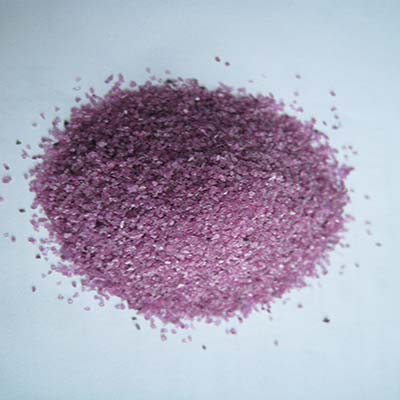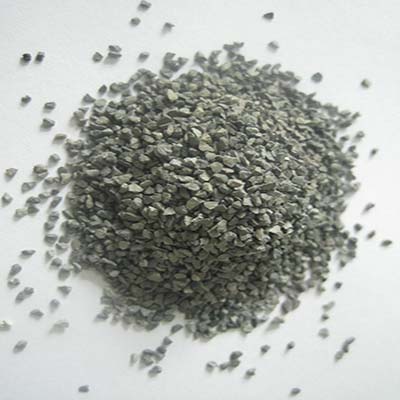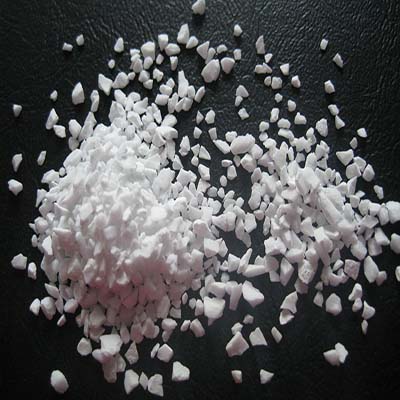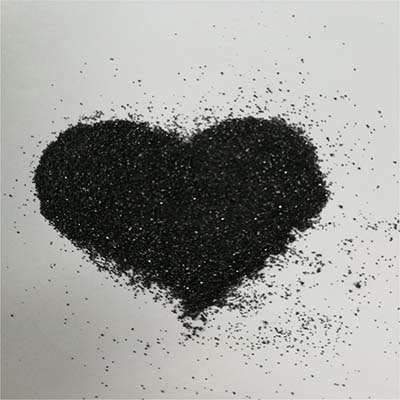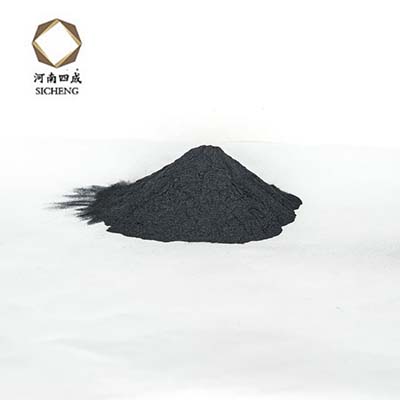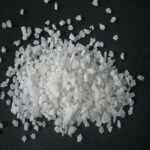The characteristics and uses of corundum abrasives in China are shown in Table 1-1-3.
| Corundum varieties | features | use |
| Brown corundum | Brown corundum appearance for brown color, the main chemical composition is Al₂O₃, its content in 94.5% ~ 97%, with high hardness, toughness, sharp particles, relatively low price characteristics, suitable for grinding high tensile strength metal, in the absence of other abrasives, generally can be replaced by it. | Widely used in the rough grinding of ordinary steel, such as: carbon steel, general alloy steel, malleable cast iron, hard bronze, etc. Secondary abrasives of brown corundum are often used as grinding rice grinding wheels, resin cutting grinding wheels, sanding tiles, emery cloths, sandpaper, etc |
| White corundum | The hardness of white corundum is slightly higher than that of brown corundum, but the toughness is slightly worse, and it is easy to cut the workpiece when cutting, the self-sharpening is better, the heat generation is small, the grinding ability is strong, the efficiency is high, and the price is higher than that of brown corundum | It is suitable for grinding steel with high hardness, such as high-speed steel steel, commercial carbon steel, quenched steel, alloy steel, etc |
| Single crystal corundum | The particles of single crystal corundum abrasive are composed of a single crystal, and have a good multi-prism cutting edge, high hardness and toughness, strong grinding ability, less grinding heat, the disadvantage is that the production cost is higher, there is waste gas and waste water generated in production, and the output is low. | It can be used to grind hard and toughness difficult metal materials, such as stainless steel, high vanadium high speed steel, heat-resistant alloy steel and easy to deform, easy to burn workpieces, considering that single crystal corundum abrasives are limited by production conditions, generally only recommended for the grinding of heat-resistant alloys and hard-to-wear metal materials. |
| Microcrystalline corundum | It belongs to the derivative variety of brown corundum, the appearance color and chemical composition are similar to brown corundum, characterized by small crystal size (50 ~ 280/μm), good abrasive grain toughness, high strength and good self-sharpening | It is suitable for grinding stainless steel, carbon steel, ball grinding cast iron, etc., and the grinding method is suitable for forming milling, cutting grinding, fine grinding and heavy-duty grinding |
| Chrome corundum | It is a derived variety of white corundum, with a rose appearance, similar hardness to white corundum, slightly higher toughness than white corundum and high strength, good grinding performance and high grinding accuracy. Abrasives made of this abrasive have good shape retention | The application range is similar to white corundum, especially suitable for fine grinding and forming grinding of various tools, measuring tools and instrument parts. In general, chrome corundum has better grinding properties than white corundum |
| Zirconium corundum | Zirconium corundum is: α-Al₂O₃ and Al₂O₃-ZrO2: cocrystalline compounds, which are characterized by slightly lower hardness, but large toughness value, high strength, usually thinner crystal size, good wear resistance | Foreign zirconium corundum abrasives are mainly used for heavy-duty grinding, suitable for grinding heat-resistant alloy steel, Qin alloy steel and austenitic stainless steel |
| Sintered corundum | It is sintered with fine material of bauxite or alumino-oxide powder, which is characterized by good toughness, It can be made into various special shapes and sizes of abrasive grains | It is mainly used for heavy-duty grinding ingot grinding wheels, suitable for grinding stainless steel ingots, etc |
| Black steel jade | It belongs to a derivative variety of brown corundum and has a black appearance. It is characterized by low Al₂O₃ content and the presence of a certain amount of Fe₂O₃ (about 10%), so the hardness is low but the toughness is good | It is mostly used for free grinding, such as grinding or rough grinding before electroplating of products, and is also used to make coated abrasives. Resin cutting sheets, polishing blocks, etc |

